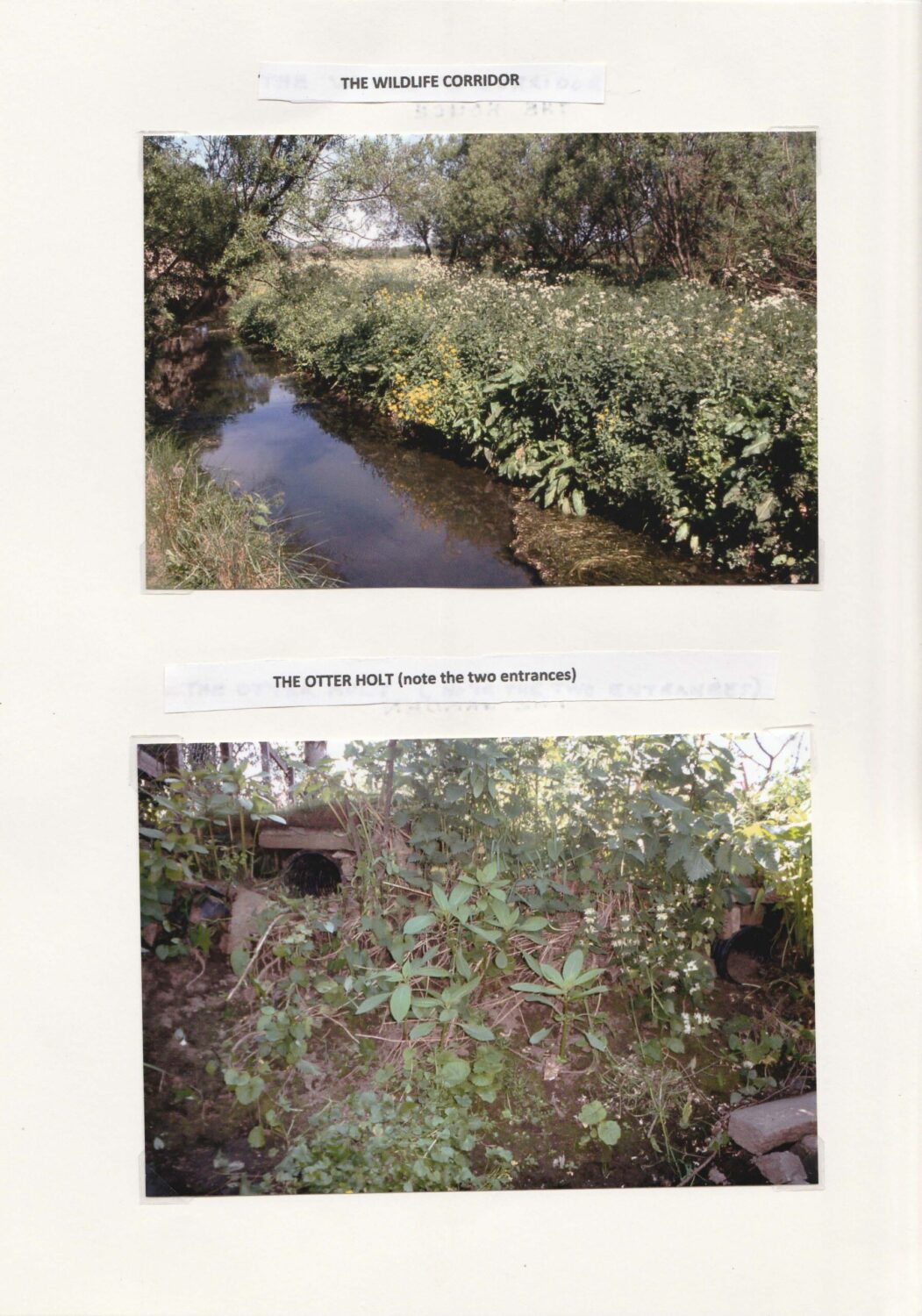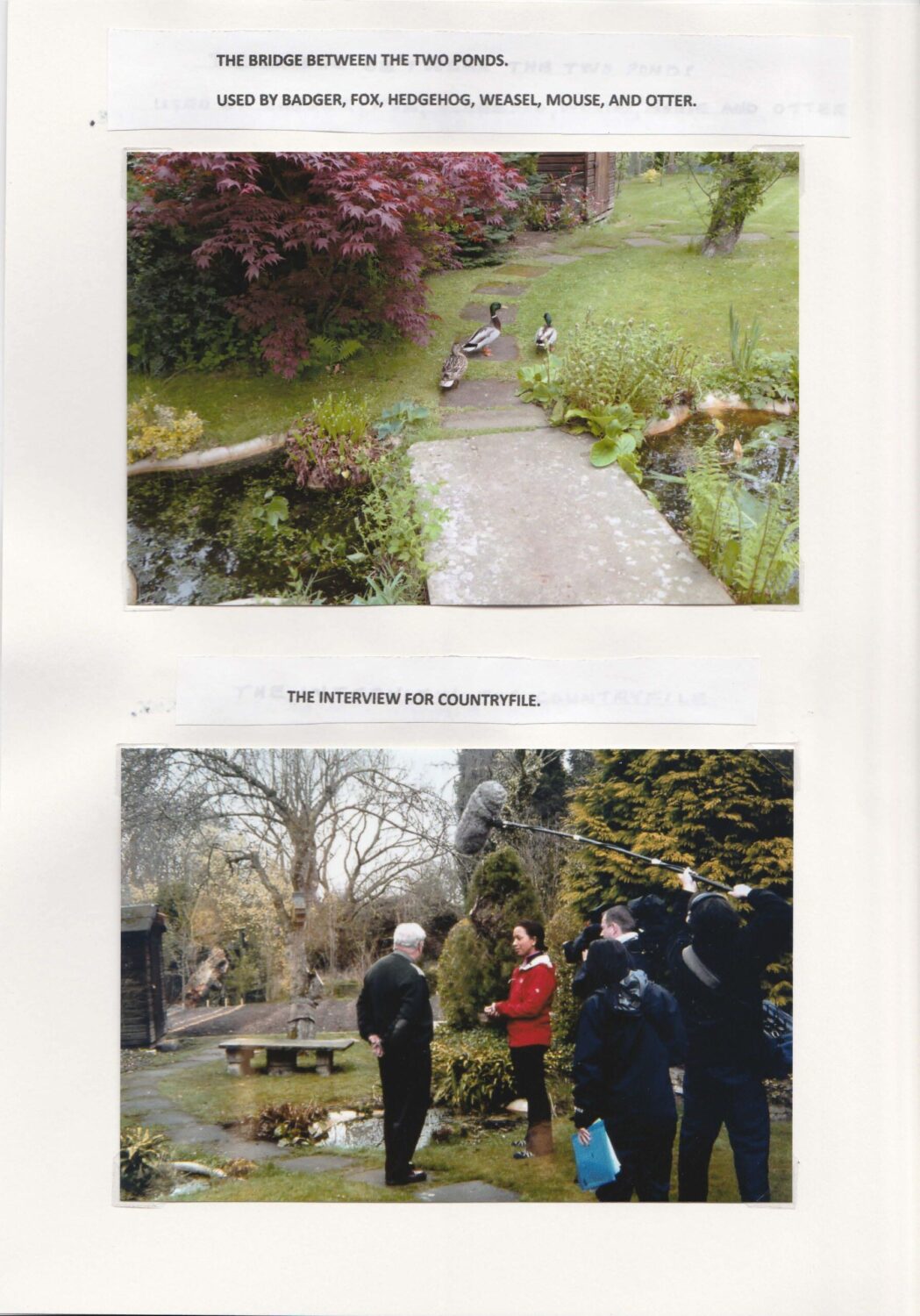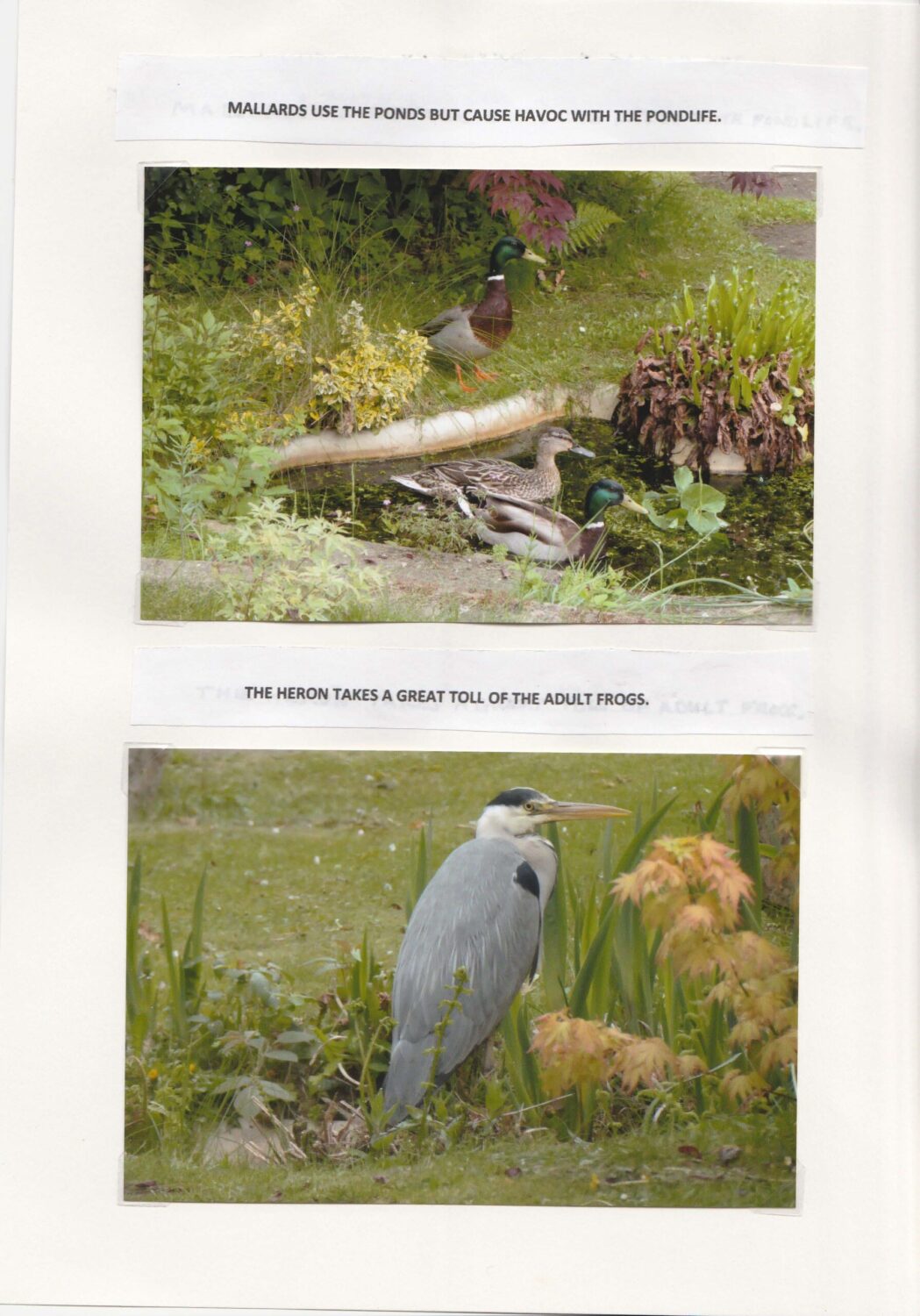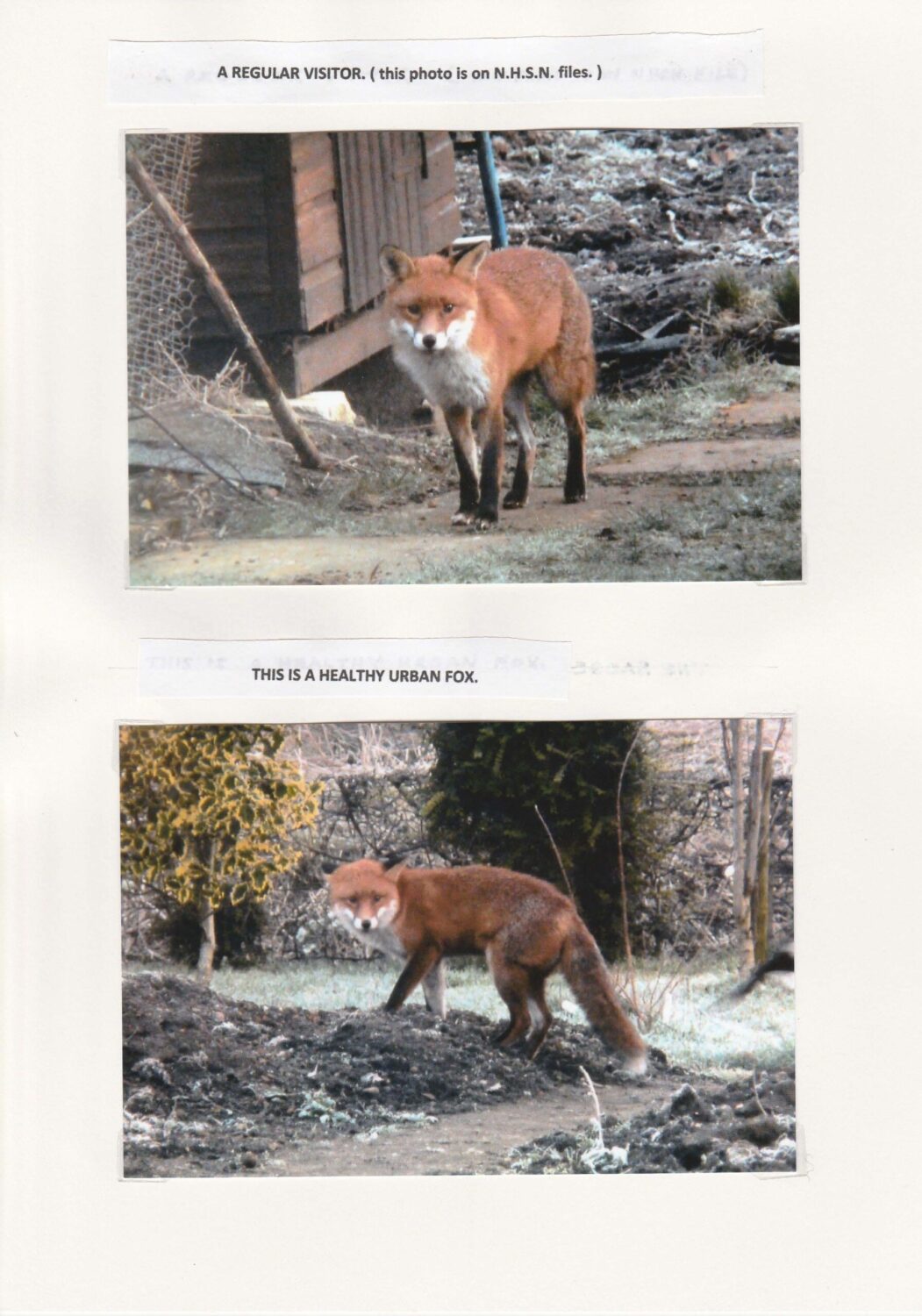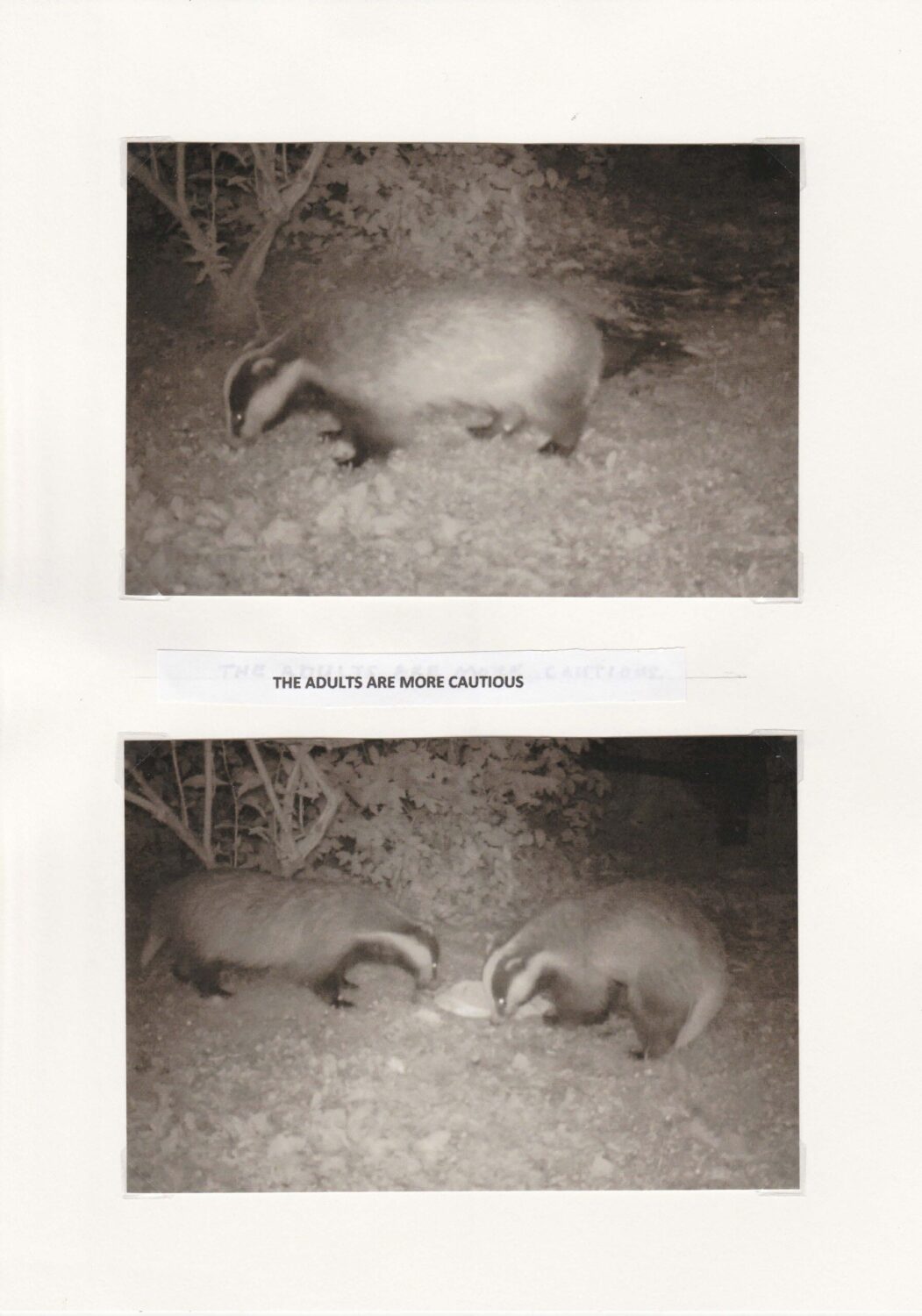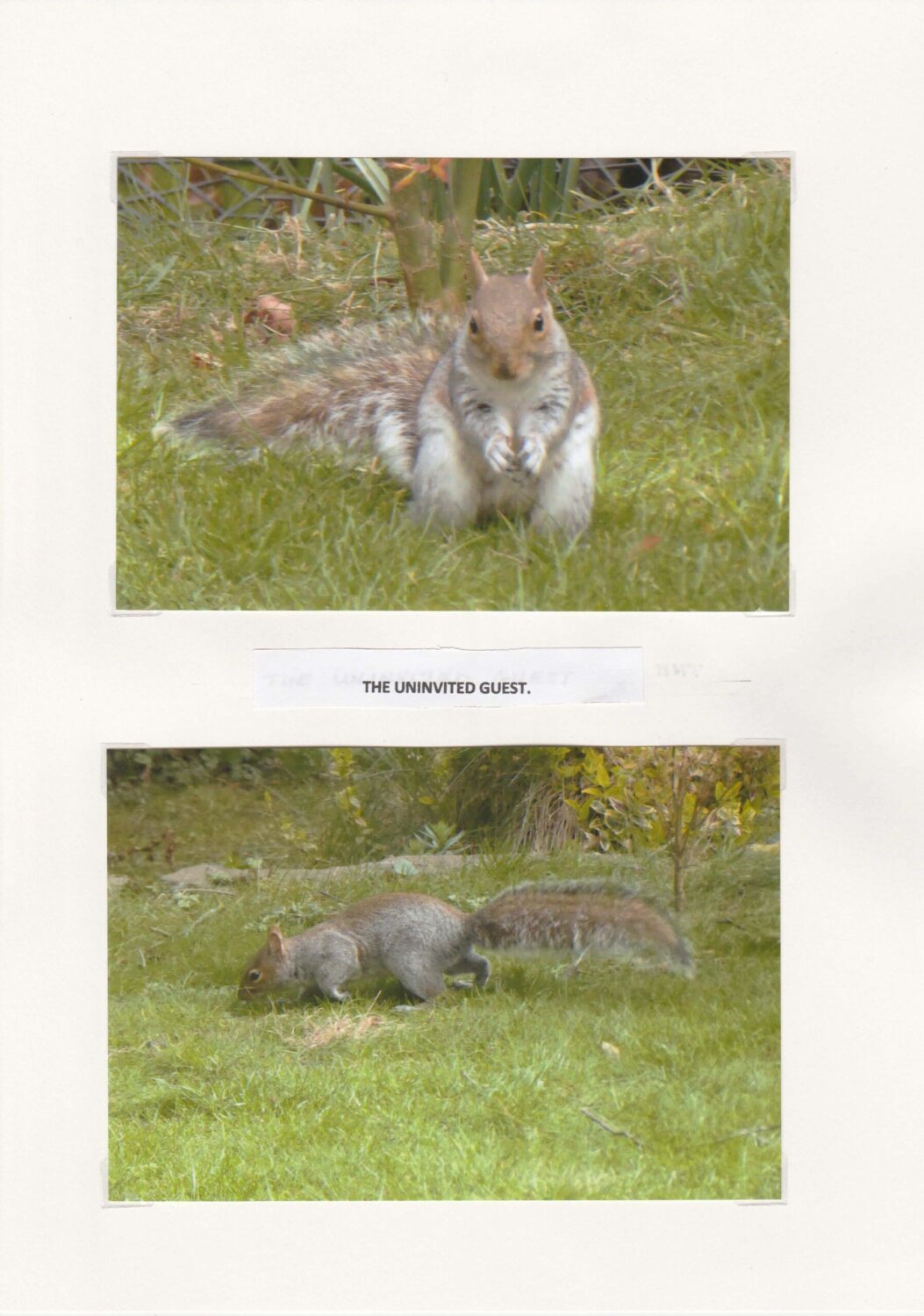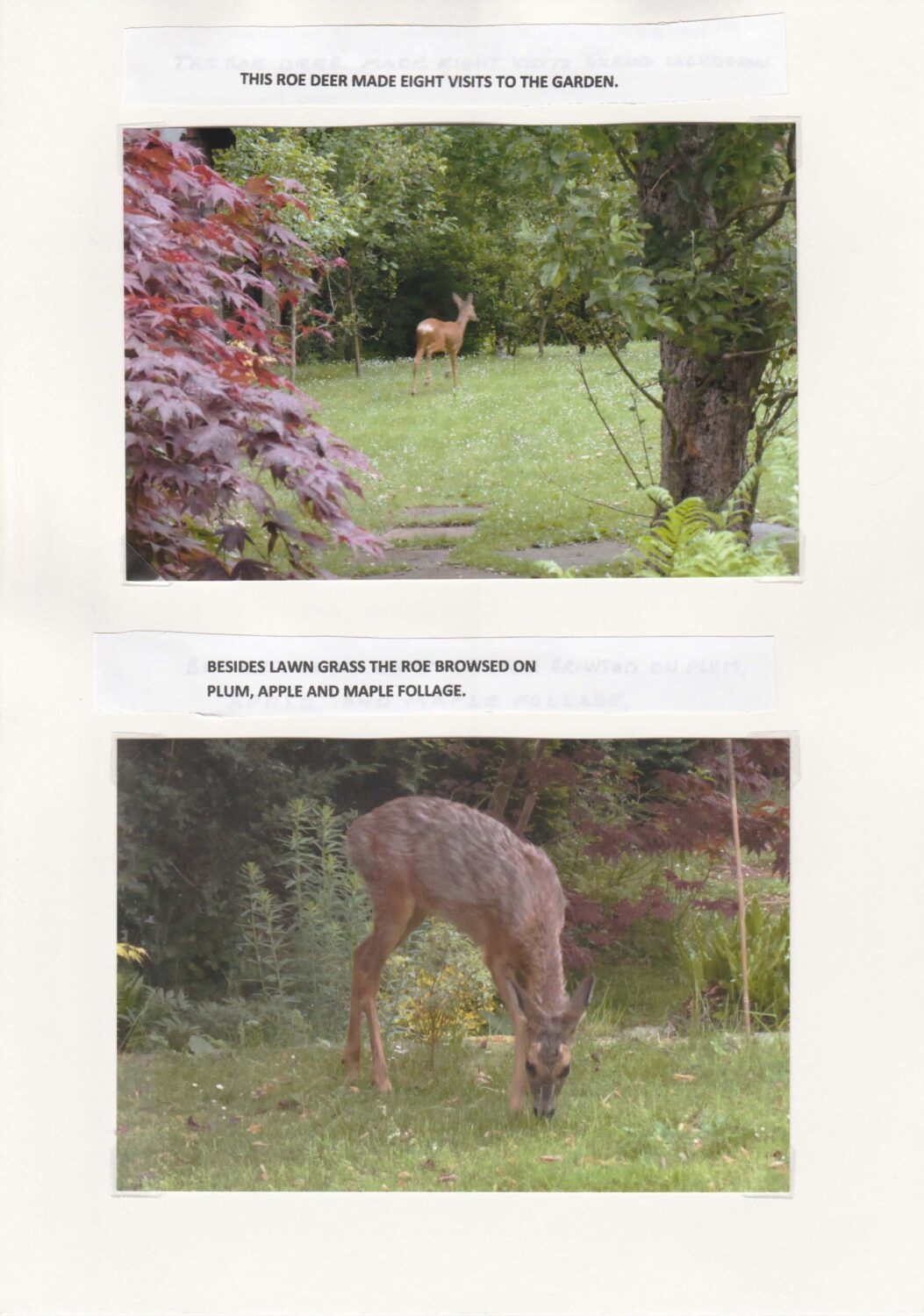The lockdown came two days after my 82nd birthday. As I was well within the age range and medical group qualifying for the above, the offer of food supplies by my next-door neighbours made it very difficult to find an excuse to leave the house.
Being an ardent collector of books, many had remained unread on the shelves for years, so one by one I made some inroads to remedy this failure. Reading was no substitution for my outside life so my attention turned to the house garden. The house was built on what was once part of the Brandling Estate, the family which was responsible for the creation of Gosforth Park Lake and much of the surrounding landscaping, which is the legacy that is now the Society’s Nature Reserve. My semi stands on the banks of the Ouseburn that forms the very important wildlife corridor which runs in a half-circle round the City from Callerton Pond to its mouth as it enters the River Tyne.
Fortunately, the lockdown coincided with the Peoples Trust for Endangered Species Living with Mammals survey, so while doing the usual garden maintenance, trail cameras were set up and checked and known wildlife entry points to the garden were inspected. The garden already had a history of wildlife potential when in April 2010 I did an interview for Countryfile where I was able to show videos of herons, kingfishers, foxes, badgers and roe deer and even otters visiting the garden.
Once again the garden was to produce results, with visits of groups of up to three badgers and at least two different foxes. Dusk brought forth a regular flight of bats, outside the dining room window, (species unknown) but probably pipistrelle. On several occasions a hedgehog appeared at the badgers feeding station, helping itself to the peanuts. The hedgehog ran the gauntlet of avoiding meeting the badgers by appearing and disappearing before the latter appeared.
A house mouse triggered the camera on two or three nights, together with a brown rat and at least three grey squirrels played on the lawn. It is at least thirty years since red squirrels visited the garden. Likewise, some twenty years have also passed since I viewed a water vole on my boundaries.
Prior to the lockdown, the trail cameras caught the antics of a lone weasel as it played hide and seek up and over the bridge between the two garden ponds. This was the first record for the garden. The highlight of the survey was on May 21st when a roe deer came up to the garden to browse on the grass and ferns in front of the dining room window. Over the next two weeks, the roe deer appeared on eight occasions allowing photographs and video to be taken.
Unfortunately, unlike previous years I did not record any otters during the P.T.E.S. Mammal Survey. Nevertheless, I was able to identify the skeleton remains of a large adult otter found in a weed overgrown garden four gardens down from mine. Further still, I received a phone call from a member of Newcastle Highway Authority that an otter had become a road casualty just north-west of Throckley. Is this important? YES, IT IS. The otter’s death was close to the Dewley Burn which is a short distance from Callerton Pond. This gives some credence to a possible short overland route by otters from the Tyne to the Ouseburn.
Although the trail cameras did not pick up otters they did give a good account of a kingfisher family, in flight, diving, retrieving fish, swallowing fish, regurgitating fish bones and the repeated attempts of a young kingfisher that failed to catch a fish. Besides the mammals recorded during lockdown the bird list was as follows: blackbird, robin, wagtail, wren, great tit, blue tit, greenfinch, bullfinch, collared dove, wood pigeon, great spotted woodpecker, jackdaw magpie, jay, carrion crow, moorhen, tawny owl, heron and mallard ducks, the latter two spent some time in the garden ponds. Past records include coal tit, long-tailed tit, dunnock, chaffinch, goldfinch, song thrush, redwing, ring-necked parakeets, little egret, goosander, grey partridge, pheasant, Merlin, sparrow hawk and buzzard. Common frog, common toad and smooth newt are found in the ponds.
The garden was created to maximise its wildlife habitat potential. The ponds, the shrubs, the trees, ground cover, even the very large compost area, nest boxes and artificial otter holt help bring about these aims. Having said that, the most redeeming factor is the Ouseburn Corridor and the greatest contribution to this corridor is the Natural History Society of Northumbria’s own Gosforth Nature Reserve. The Reserve acts as a reservoir that allows its surplus wildlife to disperse and impregnate other areas. The Ouseburn Valley from Callerton Pond to the Tyne, including Gosforth Nature Reserve, must be protected from any development now and in the future. It’s contribution to wildlife must be saved for future generations.
All journal extracts included within are subject to copyright and owned by Bob Wilkin ©
About the author
Bob Wilkin joined NHSN in 1953 whilst still at school and became a life member in the 1960s before becoming vice-president in November 1998. He has a deep personal interest in studying and recording mammals (particularly otters) and, over the years, has been involved extensively with the Northumbrian Mammal Group and Northumberland Badger Group.

